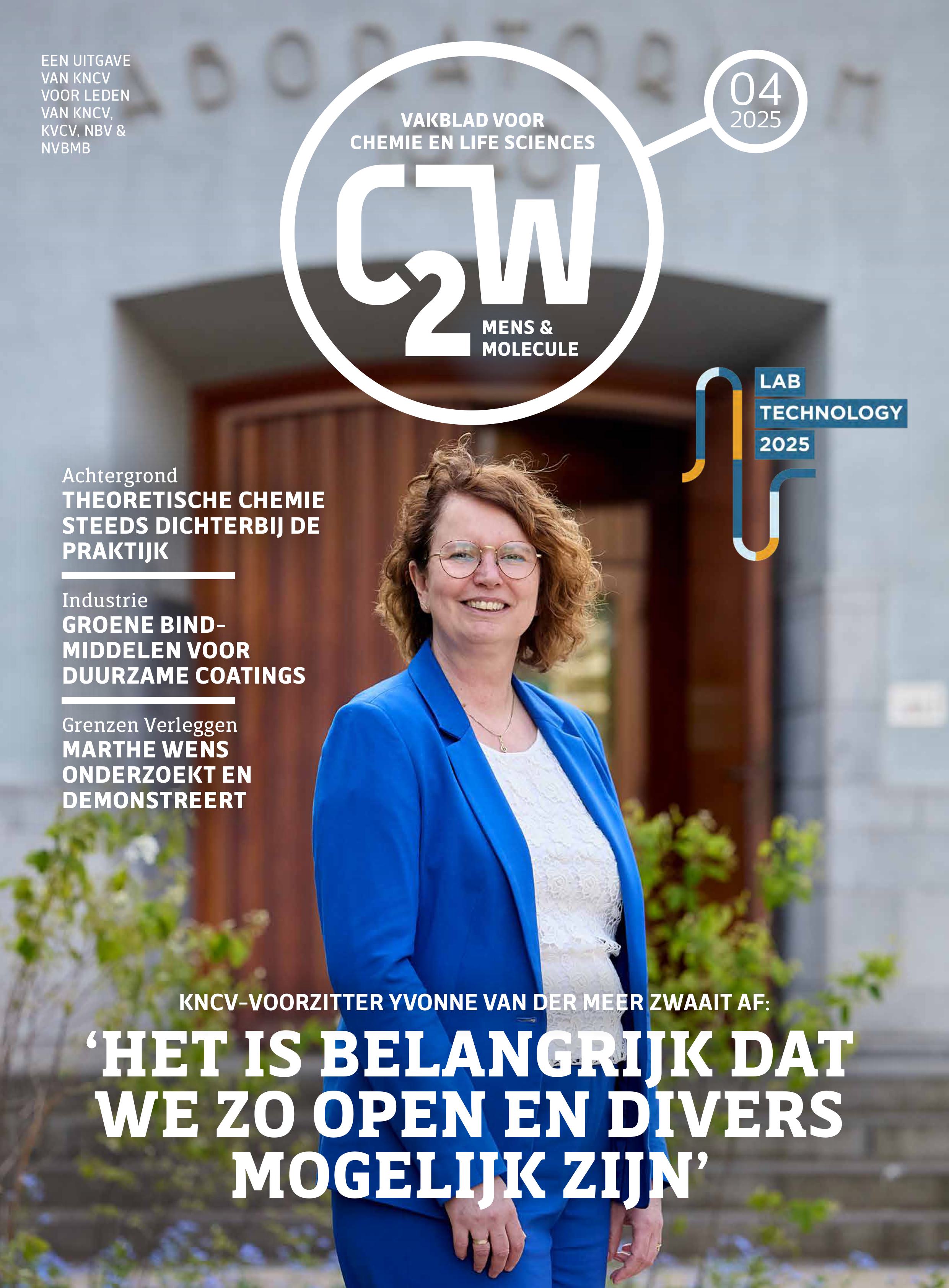Would you like to add an event to this list? Simply register your event using this form.
Steering digestion of lentil-based foods though structure engineering and in vitro digestion methodology advances

Category
Ph D Defense
Date
2024-08-26 17:00
Venue
KU Leuven, Landbouwinstituut Hoofdgebouw, Aula Jozef Heuts, 00.215 - Kasteelpark Arenberg 20
3001 Leuven, België
3001 Leuven, België
Promovendus/a: Dorine Duijsens
Promotor(en): Prof. dr. ir. Tara Grauwet
Do you look at the composition or caloric content of foods to make healthy choices? In healthy foods, not only the nutritional composition is important, but also how those nutrients are digested. My research on pulses, such as lentils and chickpeas, showed that the way pulses are prepared determines how nutrients are released in our bodies during digestion. To understand this, we need to look at pulses under the microscope.Nutrient bombs with a remarkable build
Pulses are great sources of plant-based protein, fiber, vitamins, and minerals. But there’s more: inside pulses, starch is encapsulated within cells, and inside these cells, starch granules are embedded in a thick protein network. Pulse cells remain intact upon cooking, chewing, and even digestion. During digestion, the cell wall and protein network form a labyrinth through which digestive enzymes have to move to reach the starch and break it down. As a result of this structure, the digestion of starch in cooked pulses is slowed down. This slower digestion causes sugar to be released gradually into the blood, without steep peaks in your blood sugar level, and makes you feel satiated longer. This means cooked pulses are a great way to feel full for longer and fight off snacking tendencies. So why are only 20% of Belgians consuming pulses weekly?
Figure B: Left: Intact cells inside cooked lentils entrapping starch. Right: Free starch granules in raw-milled lentil flour.
For a long time, pulses were regarded as old-fashioned or not tasty. This is now changing. More and more pulse-based foods can be found in supermarkets, such as pasta made from lentil or chickpea flour. Convenient! Because this allows us to eat more pulses without drastically changing our habits. However, these products are usually made from raw-milled pulses, in which the typical cellular structure is lost. While the composition of these products might be similar to cooked pulses, their starch can be digested faster. That means your blood sugar could rise higher, and you might be more likely to start snacking later on.
So… 1 kcal ≠ 1 kcal?
Indeed, strange as it might seem, one kilocalorie really isn’t the same as another. This is because the caloric content of a food only reflects its overall composition – the presence of carbohydrates (such as starch and sugars), proteins, lipids, or alcohol. But it’s not only the composition of a portion that matters: the way in which the food is prepared can affect how nutrients are released in our bodies during digestion.
As a result, 100 kcal of hummus made from boiled chickpeas will be digested differently from 100 kcal falafel made from raw-milled chickpeas. Even though they are made from the same pulses, their microscopic structure and behavior upon consumption is different. What is the healthier option, then? That depends on who is eating. Top sprinters may need a quick supply of energy, for example, while people who spend much of their time behind a desk (like me) benefit more from a gradual energy supply and a longer feeling of satiety. Of course, additional ingredients such as oil and salt will also determine how healthy the food is overall.
Cellular pulse powder and pasta
How can we combine the beneficial composition and structure of pulses and use both properties to our advantage? During my PhD, I focused on answering that question. In the lab, we developed a cellular powder from precooked lentils. This powder contains encapsulated, slowly digestible starch, and can be used to produce all kinds of foods. For example, we produced pasta by replacing part of the normal flour with cellular powder.
Next, we investigated ‘how digestible’ starch and protein were inside these lentil-based foods. Test tube digestions showed that the starch in this cellular pasta was about 30% less digestible. This means its energy will be released slower and more undigested starch could reach your colon as dietary fiber.
Test tube digestions?
During my PhD, digestibility was studied using test tubes. Inside these tubes, an amount of food was subsequently mixed at 37 °C, with fluids mimicking the environment of the mouth, stomach, and small intestine. At fixed time points, samples were taken and analyzed to investigate how much starch and protein were released. Such experiments are much faster and easier to perform as compared to human studies and allow us to compare different foods to select the best products.
Of course, test tube digestions are a simplification of what is occurring in our digestive tract. To better mimic processes occurring in the human body (such as the gradual acidification of the stomach) I implemented more accurate, but also more complex, digestion simulations using a computer-controlled system. In addition, I implemented new analysis methods to better understand how digestive enzymes cut starch and protein into smaller absorbable units.
Food of tomorrow… and today
Will we all be eating cellular pulse pasta soon? If I have anything to do with it: yes! However, for people to be willing to consume these foods, they need to be tasty and attractive as well as healthy. Therefore, we’ll need further research into the application of cellular powders.
So, for now: ‘stew before you chew’! In this way, due to the slow digestion of starch in intact cells, you can benefit from a gradual energy supply and a longer feeling of satiety. You could add (canned) cooked pulses to your dishes or make your own hummus from canned chickpeas. Or you could try to adapt recipes so that you cook pulses before mashing them up, to keep the cells intact. Because now you know that the way in which you prepare pulses will determine their effect on your body!
All Dates
- 2024-08-26 17:00
Powered by iCagenda

